Samsung and Motorola want us to wear our smartphones. We REALLY shouldn't.
MWC 2024 was full of sci-fi-esque tech like transparent laptops, but a wearable, bendable smartphone doesn't even make sense on Star Trek.

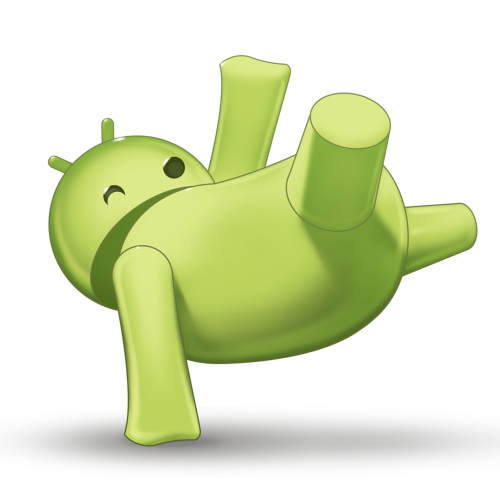
In this weekly column, Android Central Fitness Editor Michael Hicks talks about the world of wearables, apps, and fitness tech related to running and health, in his quest to get faster and more fit.
Samsung, Motorola, and other smartphone makers are racing to be the first to release a bendable or rollable phone. Both brands showed off their wearable smartphone demos at MWC 2024, to the delight of credulous tech journalists excited to show off something new. Now I'm here as the official wet blanket of MWC to say the obvious: There's no way a smartphone shaped like the Motorola Adaptive Display can replace a smartwatch.
I'm fully prepared to have this article thrown back in my face if this becomes as popular or ubiquitous as foldable phones down the line. But I'm seeing every major tech site's best of MWC 2024 list — including our own — honoring the Motorola Adaptive Display concept for its novelty, but I'm just not buying it, metaphorically or literally.
My colleagues Nick Sutrich and Derrek Lee, who got to fly to MWC this year, took video footage and dozens of gorgeous photos of Motorola's wearable smartphone, as well as the RIZR rollable phone that grows in height with a display that slides out from the bottom.
The Motorola Adaptive Display looks fun to wear...for a ten-minute demo. Nick surprised me when he explained he was "more positive on the concept" than he expected after trying it on: A wearable smartphone "could be genuinely useful, especially if you live in a city," and he thinks it has more potential than the RIZR.
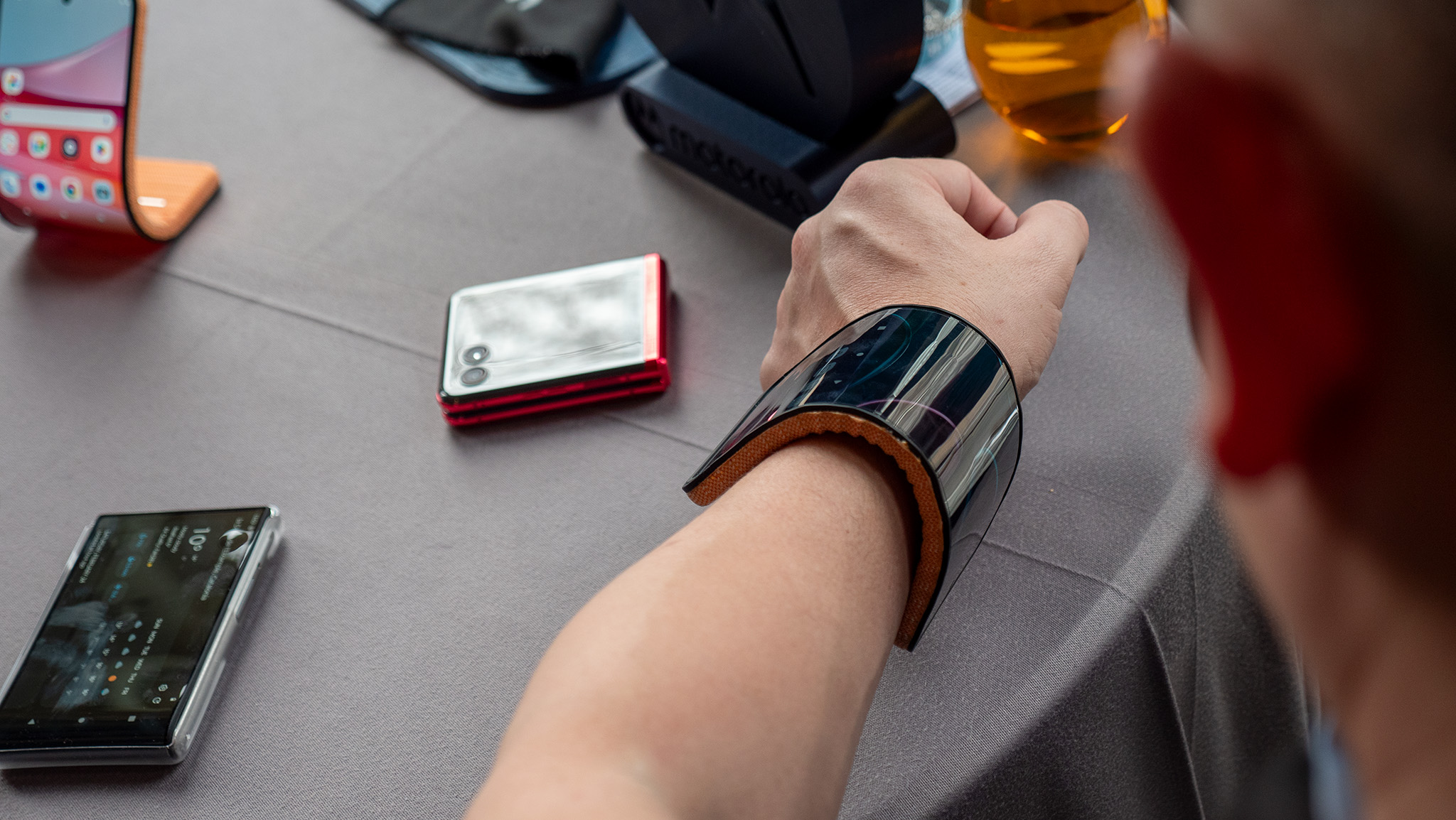
"I can't tell you how often I had to pull my phone out of my pocket and put it away just to look at directions or something," Nick explained. Even though Android watches have Google Maps or other phone apps, the small display and finicky controls mean you can't really walk and use one simultaneously; for more advanced tasks, you usually pull out your phone instead.
A wearable smartphone solves this problem. It attaches via a combination of fabric and magnets to keep it securely in place, so you have a fully useable touchscreen with no size restriction. Even if it's "a bit on the bulky side," as Nick generously described it, he thinks it's the "best of both worlds" between a smartphone and smartwatch.
When you're done wearing it, you detach the phone from the wristband and use it as a regular, flat phone — or set it curved on your desk for hands-free selfies or streaming content on the top half, like you would with a foldable phone in tabletop mode.
Get the latest news from Android Central, your trusted companion in the world of Android
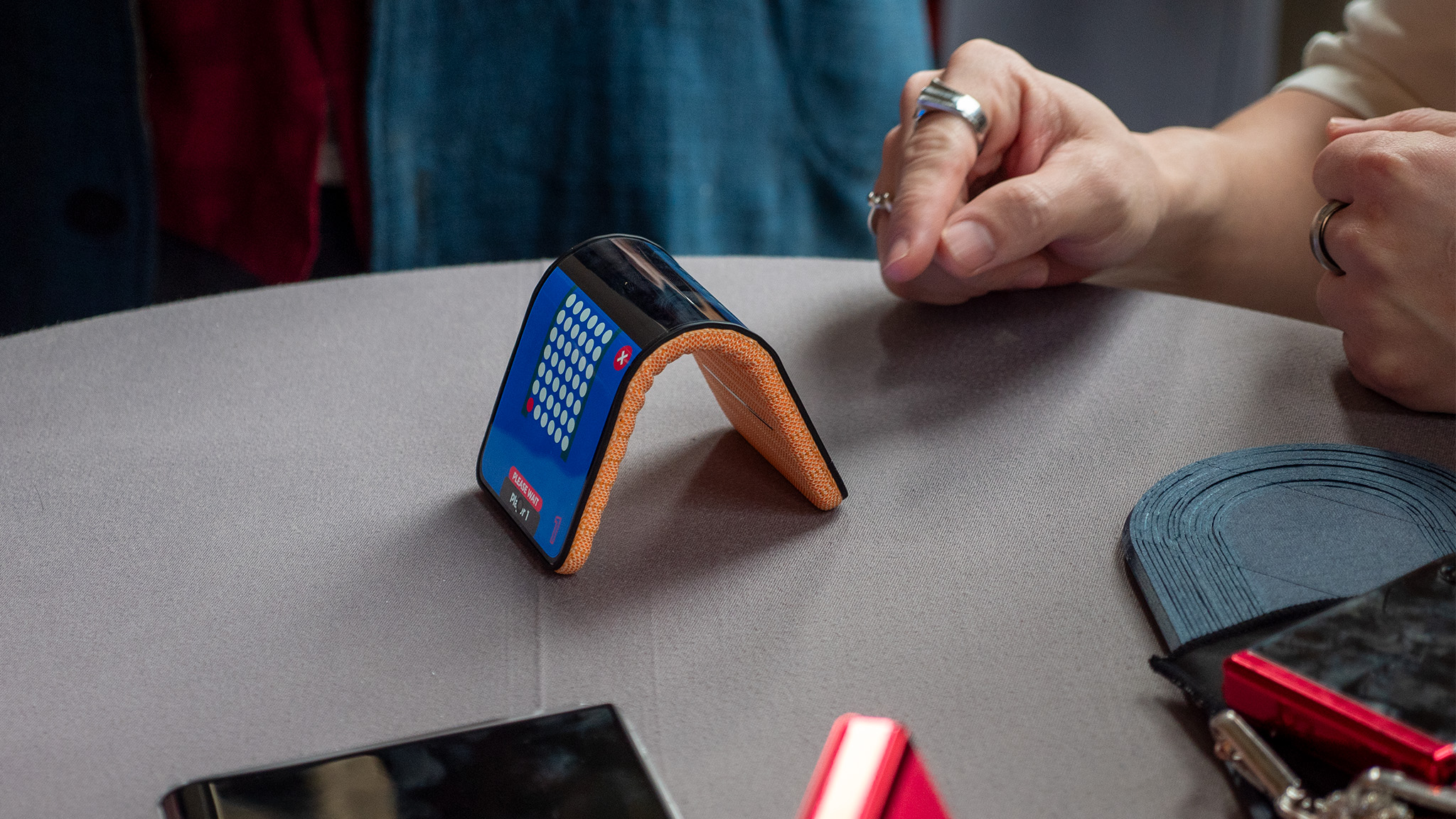
Derrek, who loves the Motorola Razr Plus, was less bullish on the wearable smartphone idea, calling it "an interesting concept but probably not one that I would consider wearing myself."
"I felt like if I swung my arm a little too hard, the phone could come off. Or someone could easily come from behind and snatch it off my wrist," he explained. As someone who used to live in New York City, I genuinely wonder how long it would take before someone tried to steal it in a crowd.
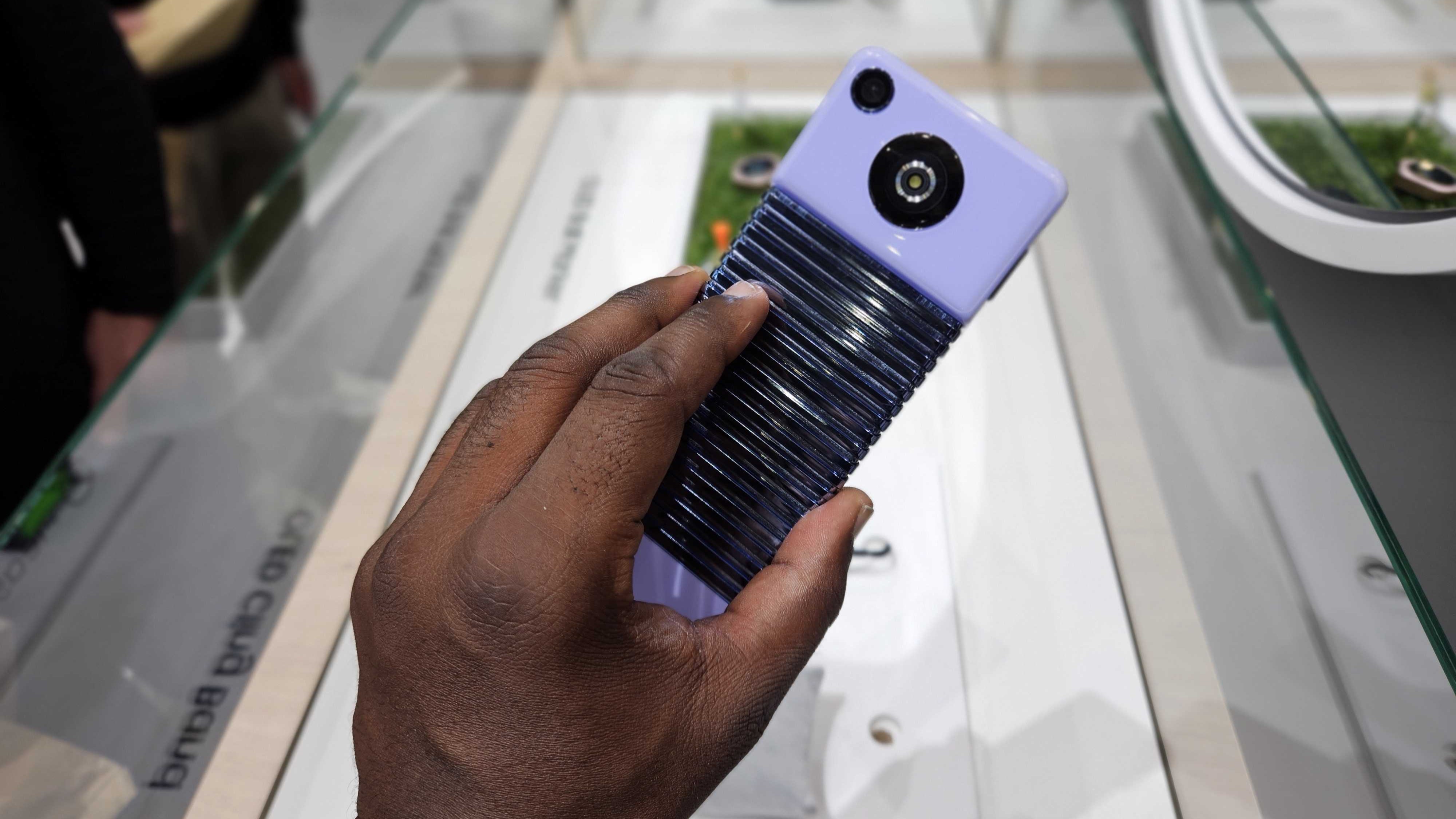
Derrek also showed me pictures of a similar wearable phone concept from Samsung (see above), though this prototype apparently broke during Samsung's demo, so he couldn't try it himself. Somehow, I'm not surprised...
Who asked for this?
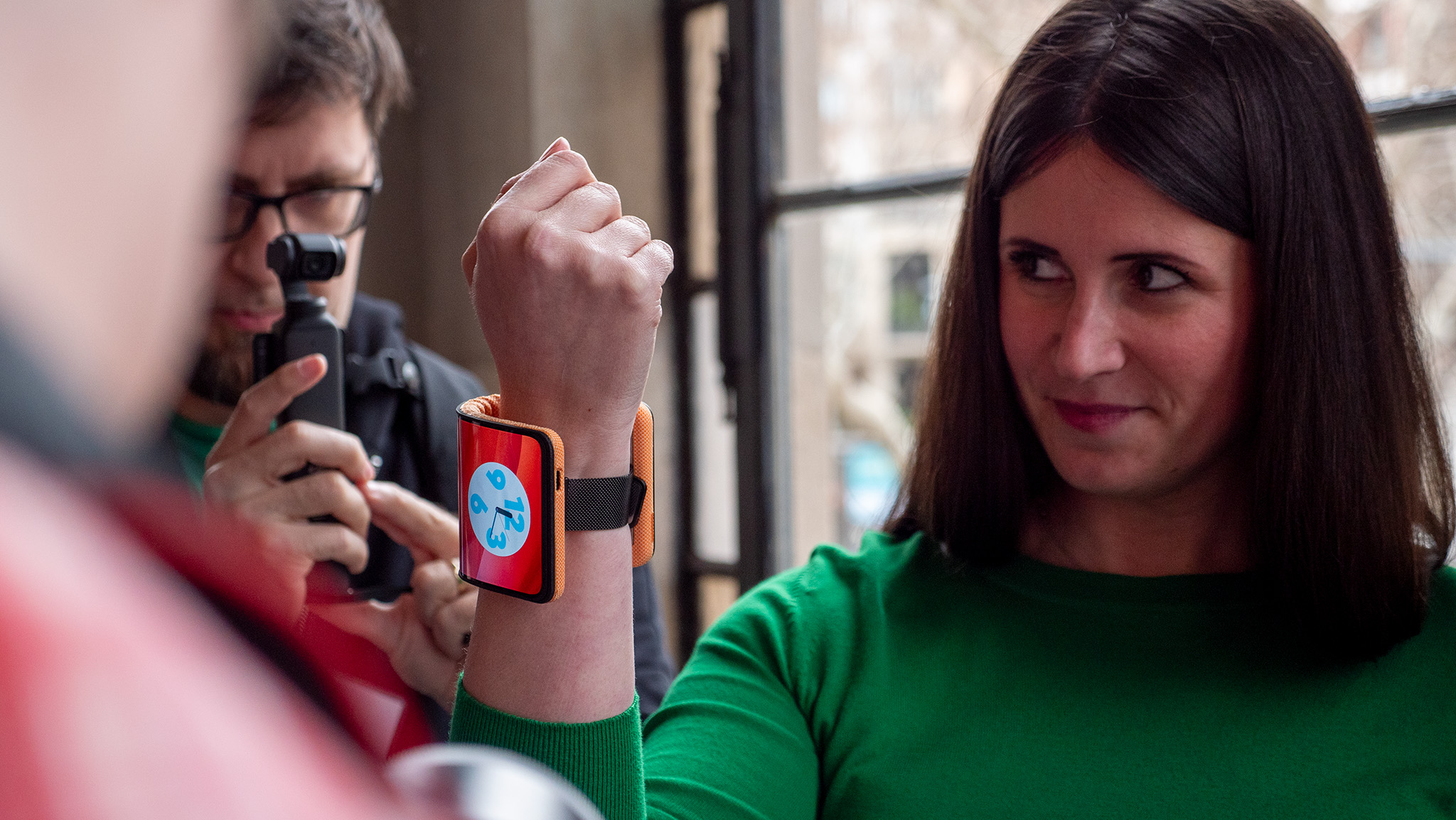
I'm harping on a concept that may never see the light of day, and there are plenty of other experimental products at MWC that probably don't have much of a consumer audience beyond the initial novelty, like Lenovo's transparent laptop. I'm even impressed that Motorola's engineers built something like this in the first place.
Let's be real here. The first time you trip while wearing this smartphone, the bottom half of the display will smash under your own weight. You're also liable to scratch up the display against cabinet corners and doorways. It's already a problem for some watches with edge-to-edge displays like the Pixel Watch 2, only magnified here.
And speaking of weight, it took me time to get used to wearing the hefty Apple Watch Ultra 2, which weighs about 80g with a strap attached. Motorola didn't share its bendable phone's weight, but I have to assume it's at least twice that. Even with lighter materials, a typical 6-inch phone weighs nearly 200g/7oz, and the Motorola Adaptive Display looks chunky.
Oh man, will the combo of weight and fabric make your wrist sweaty and smelly after only an hour of wearing it. And since you're wearing the phone caseless, your phone back is going to retain that stink if you don't regularly wipe it down.

It's like how people love the Apple Vision Pro the first time they try it because the novelty outweighs the discomfort. Then, once you start wearing it daily, you realize how freaking heavy the thing is pressing down on your head. I guarantee that the same applies to any wearable phone: It's too heavy and ungainly for using at a desk, and when you'd wear it walking outside, it's vulnerable to damage and will tire your arm.
Rounding out my list of worries, this type of phone can't have rear camera sensors because they would get in the way of the attachment mechanism. Motorola had to add slimmer battery blocks so they wouldn't interfere with the flexibility, and I have to assume that it has other trade-offs in terms of the internal layout of chips and ventilation. And as far as I can see, there's no method for tracking health data here — one of the main reasons to wear a smartwatch.
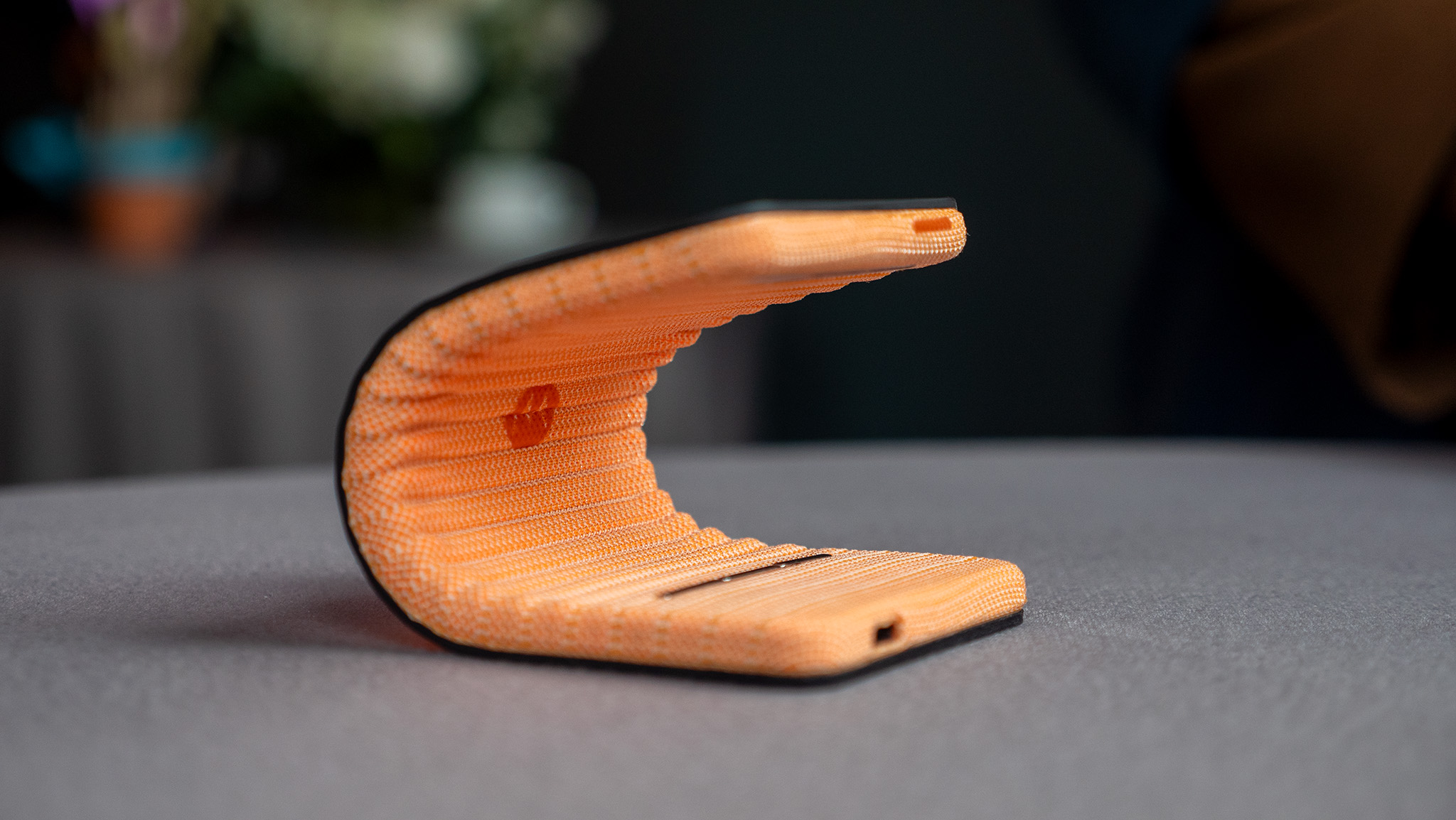
I'm sure plenty of people had trepidations about foldable phones' shortcomings and trade-offs, and new models like the Galaxy Z Flip 5 prove that the doubters should have had faith. But people wanted phones that took up less room in pockets, or tablet-sized displays you could take on the go; who asked for a phone on your wrist?
It's the kind of thing you might see on The Jetsons or Star Trek from prop designers caring more about style than practicality. Except even Star Trek only used a wrist-based communicator for a couple of feature films before switching to a more subtle communicator badge on Starfleet uniforms, like a Humane AI pin but for talking. Even in fictional futures, no one used this kind of bulky wearable for very long.
I'll happily eat crow if Motorola figures out how to go beyond the concept phase with wearable smartphones, and enough people buy it to make it the next big thing in smartphone tech. But I'm not holding my breath. People buy smartwatches as much for style and health data as they do for wrist-based apps and notifications, and if you look past all the trade-offs of this design, it still makes you look like a total dork.

Michael is Android Central's resident expert on wearables and fitness. Before joining Android Central, he freelanced for years at Techradar, Wareable, Windows Central, and Digital Trends. Channeling his love of running, he established himself as an expert on fitness watches, testing and reviewing models from Garmin, Fitbit, Samsung, Apple, COROS, Polar, Amazfit, Suunto, and more.
You must confirm your public display name before commenting
Please logout and then login again, you will then be prompted to enter your display name.
